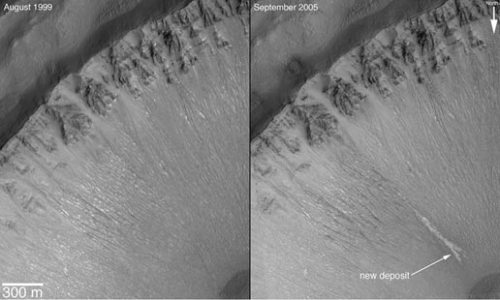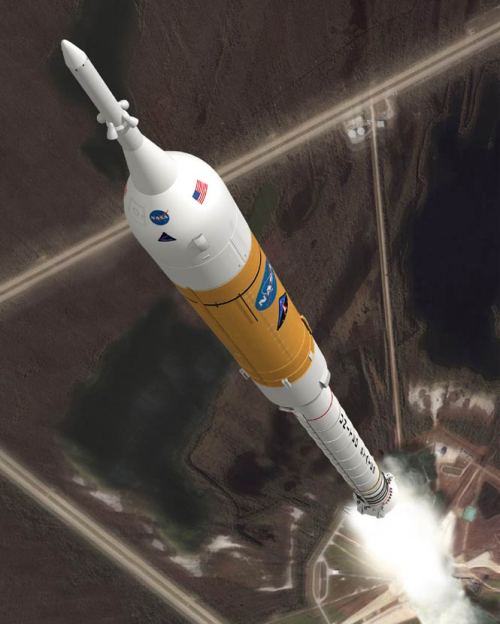After “bombing” the moon in early October, NASA now confirms they have discovered water there (see related blog post, Oct 9 below).

A month ago, NASA’s “LCross” space craft accomplished extensive mapping in orbit around the moon, and then its two sections crashed directly into a lunar crater. Only recently have scientists even questioned if the moon might be anything other than a dry, dusty rock, but analysis of the residual dust clouds from the two impacts confirm; water is indeed present.
“We are ecstatic,” said NASA Principal Investigator, Anthony Colaprete. “Multiple lines of evidence show water was present… ”
Colaprete goes on to hint the moon may contain even more surprises: “The full understanding of the LCross data may take years – the data is that rich.”
Finding water and other useful material on the moon should enhance NASA’s efforts to fly manned missions not only back to the moon, but also Mars some time in the next decade.
NASA had previously found evidence water was once on Mars, but new images indicate it still flows at the surface, if only for brief periods before it evaporates or freezes.

Scientists say the crater shown left was photographed dry in 1999, but the second image indicates water flowed through the same area as recently as 2004.
The presence of liquid water raises the probability that microbial life may exist on Mars.



 Journalists, Industry Professionals, and everyday enthusiasts - Welcome to Captain Jay's Aerospace Blog! Make this space your interactive source for air and space news and commentary. You are strongly encouraged to post air and space news, commentary, even video or stills, except that we do insist such material be original or sourced, and accurate to the best of your knowledge. We also appreciate input how we can improve the site.
Thanks for visiting and come back often!
Journalists, Industry Professionals, and everyday enthusiasts - Welcome to Captain Jay's Aerospace Blog! Make this space your interactive source for air and space news and commentary. You are strongly encouraged to post air and space news, commentary, even video or stills, except that we do insist such material be original or sourced, and accurate to the best of your knowledge. We also appreciate input how we can improve the site.
Thanks for visiting and come back often!